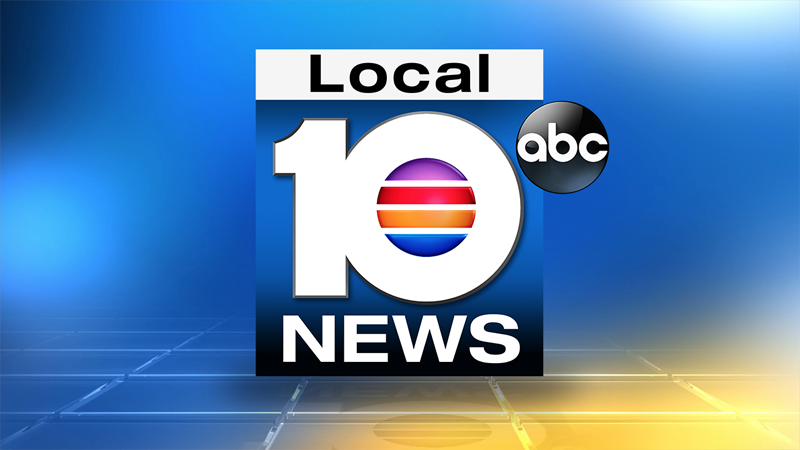The question is always in the air: When could a COVID-19 vaccine be ready? Top health officials say the end of this year would be a best case scenario, according to a recent Associated Press report.
But scientists have never created a vaccine so quickly, and concerns about its effectiveness have arisen, as well. Worldwide, testing has recently started or is about to start for about a dozen potential vaccines. The most promising vaccine candidates are expected to move into larger tests this summer, the AP said.
Recommended Videos
How quickly those studies can determine whether the vaccines are safe and effective depends in part on how widely the coronavirus is still spreading. The studies will need to enroll 20,000 people or more for each vaccine candidate, with half of them getting the real vaccine and the rest getting a dummy shot. Then it’s a matter of waiting to see how many in each group become infected with the virus.
We thought it would be interesting to take a look back and see what life looked like as the polio vaccine was introduced and then how things progressed as the science continued to advance and develop. There was an injectable type of vaccine and an oral version.
Polio, by the way, is no longer a concern in the United States. Since 1979, no cases of polio have originated in the U.S. However, the virus has been brought into the country by travelers with polio. The last time this happened was in 1993, according to the Centers for Disease Control and Prevention.
Take a look at these photos, all copyright Getty Images, below.
The Associated Press contributed to this report.
